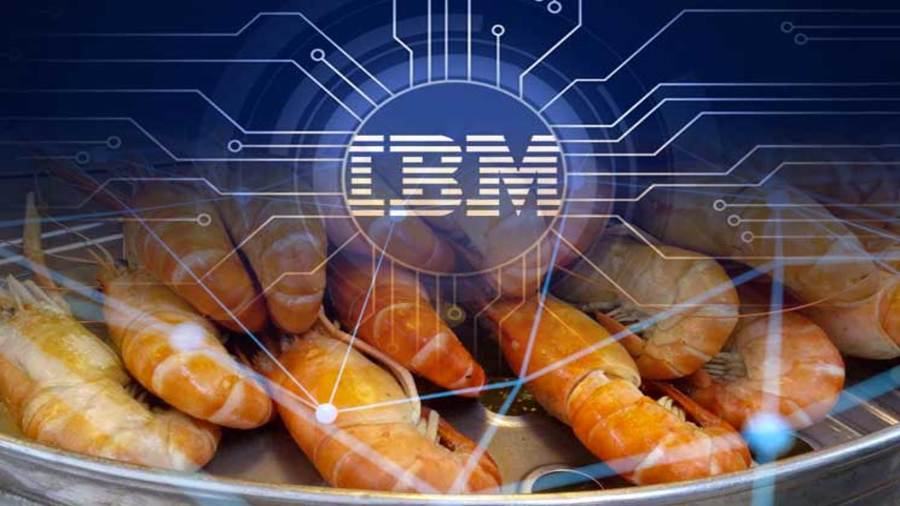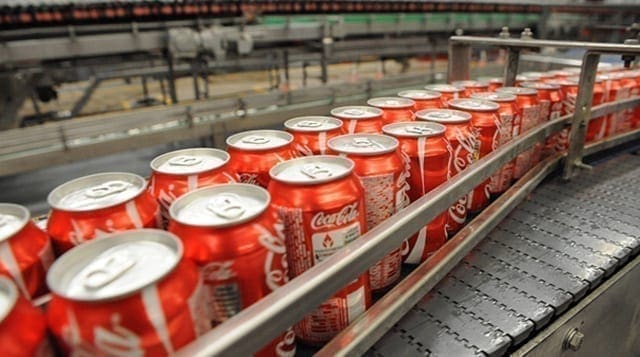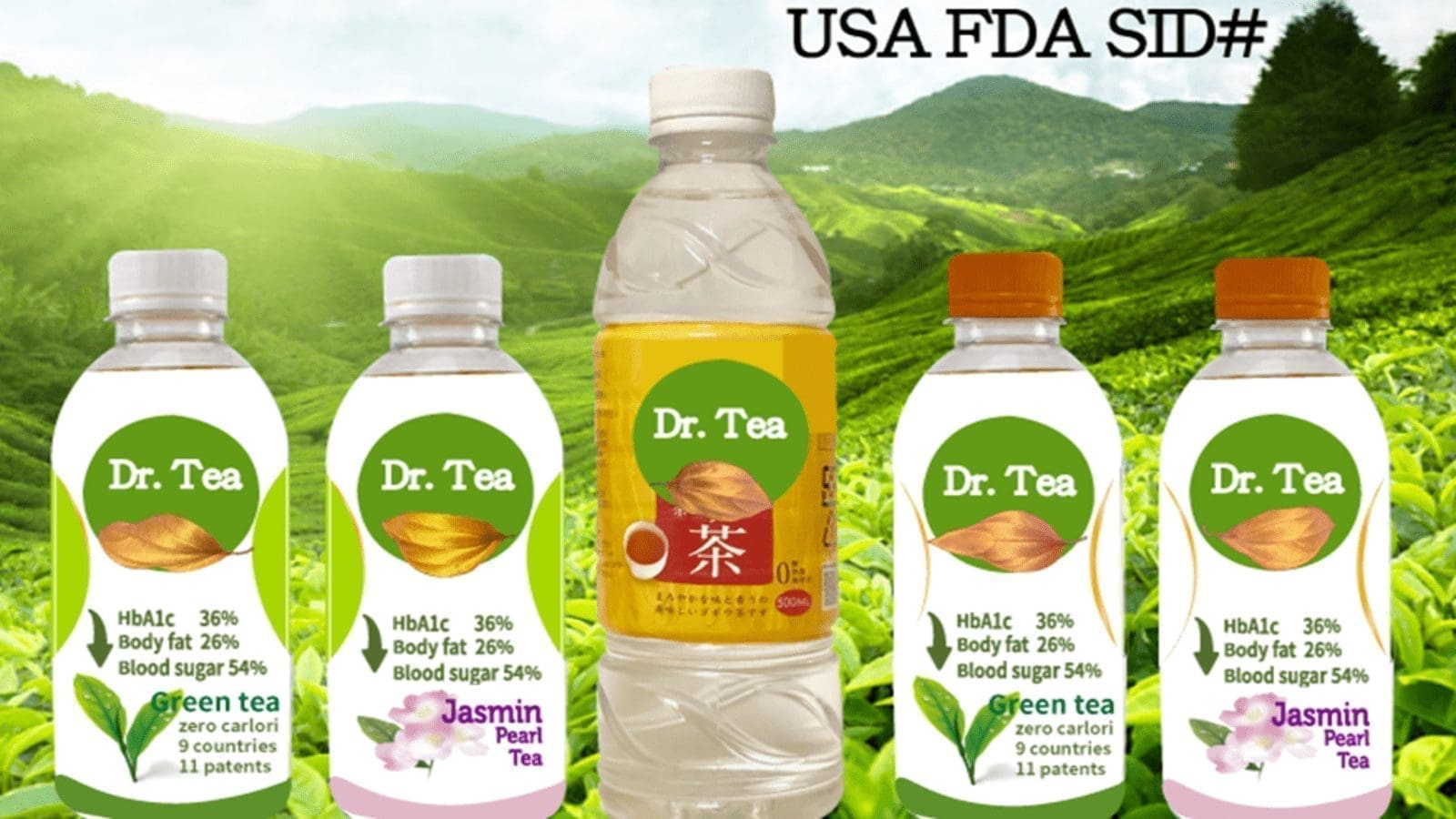USA – With the increasing requirement for suppliers to be more transparent about product information, the creation of an efficient system to track, trace, and authenticate food products with confidence is becoming a priority in the industry.
To accleretae the rate of adoption of technology in traceability, GS1 US in collaboration with four other leading solution providers embarked on a project to show how the exchange of supply chain data in the food industry can be accomplished using any technology platform.
GS1 US and its partners have now confirmed that multiple traceability systems can interoperate to transmit and exchange information about a product’s journey throughout the supply chain to support end-to-end food traceability.
GS1 US in partnership with FoodLogiQ, IBM Food Trust, ripe.io and SAP have announced the successful completion of thier food traceability proof-of-concept.
According to the partners, the first phase of the proof-of-concept focused on supply chain visibility and included solutions that leveraged blockchain, cloud and other traceability technology from FoodLogiQ, IBM Food Trust, ripe.io and SAP.
The proof-of-concept participants defined and simulated seafood supply chain data sharing across four traceability systems leveraging GS1 Standards, one of the most widely used supply chain standards in the world.
GS1 US says that the Standards support food safety in the supply chain by providing a consistent way for businesses to communicate information about products, leading to faster, more efficient food recalls.
During the trial, the group said that it determined that the interoperability between solutions was possible when leveraging the GS1 System of Standards for the unique identification of products and locations as well as GS1 Electronic Product Code Information Services (EPCIS) as a standardized data model.
“GS1 US is passionate about leading industry toward interoperable solutions,” said Melanie Nuce, senior vice president, corporate development, GS1 US
“These four solution providers have joined together with GS1 US to help solve the challenge of systems interoperability because they recognize the value of GS1 Standards as a foundation for emerging technologies like blockchain and understand the tremendous benefit of that consistency to the end user.”
In the next proof-of-concept phase, the technology partners said that they will work with industry partners, including suppliers, distributors, retailers and foodservice operators, to implement EPCIS and determine how it can be further extended in real-world product tracing.
The group noted that the proof-of-concept will focus on defining and validating industry data requirements before moving on to a phase exploring use cases that leverage traceability standards and any industry-specific requirements to enable interoperability at that stage.
“In the next phase, the goal will be to understand data requirements and determine if there is a new technical standard or protocol required for interoperability to enable permissioning, privacy and access controls,” the GSI explains.
Phase Two of the proof-of-concept is slated to begin in Q3 of 2020. The solution providers hope to explore the value of distributed ledger technology in more advanced use scenarios during subsequent phases.
The partners noted that this type of collaboration will ensure a consistent direction moving forward as traceability standards and their supporting technologies, such as blockchain, scale and mature.
“The adoption of traceability in the food industry is reaching a tipping point,” explains Sean O’Leary, CEO at FoodLogiQ.
“With the successful completion of this proof-of-concept, we have demonstrated that regardless of the underlying technology being used to house the data, whether blockchain or other enterprise database technologies, food companies will be able to connect their systems to achieve the holy grail of whole chain traceability,”
Liked this article? Subscribe to Food Business Africa News, our regular email newsletters with the latest news insights from Africa and the World’s food and agro industry. SUBSCRIBE HERE











